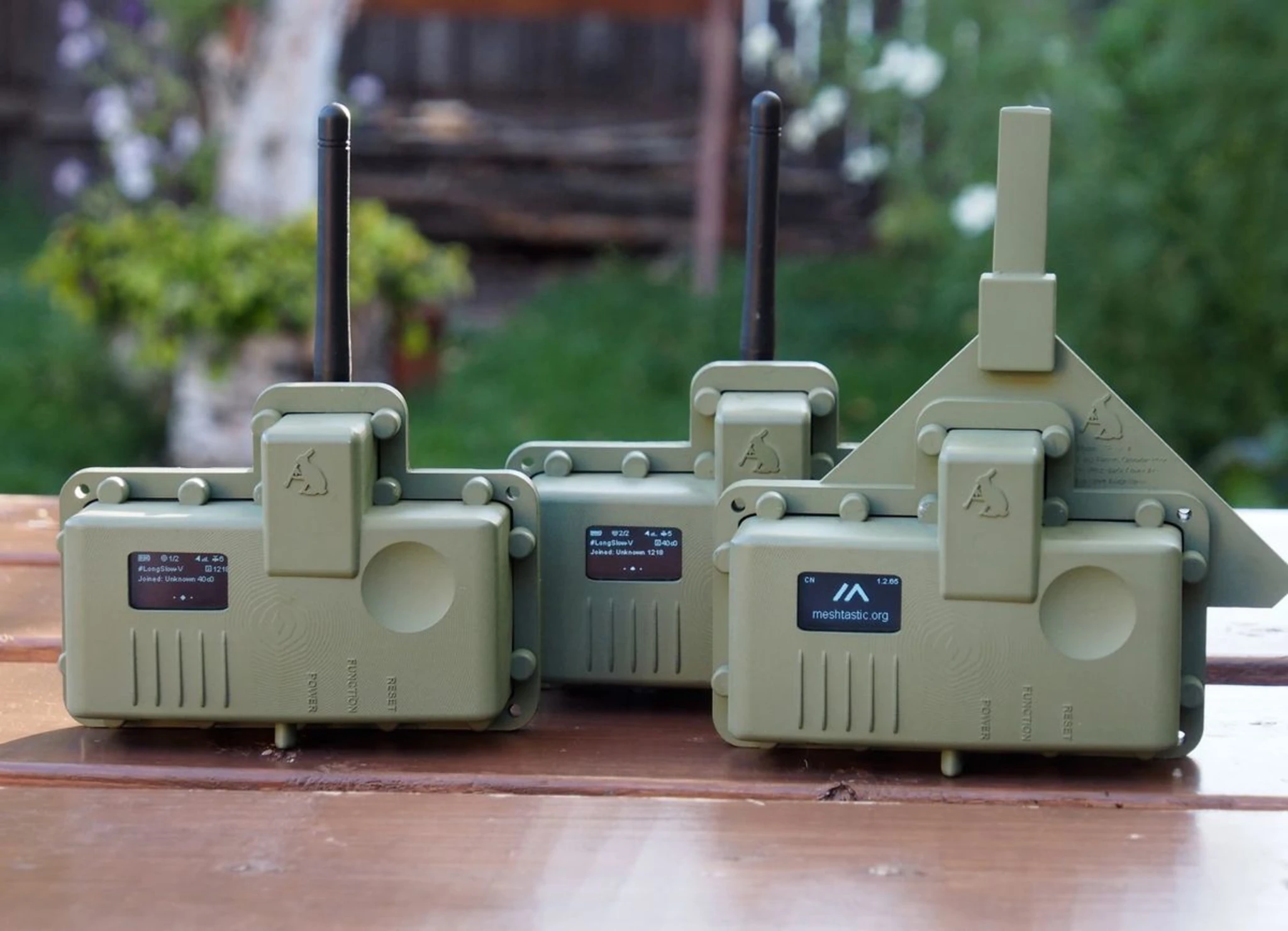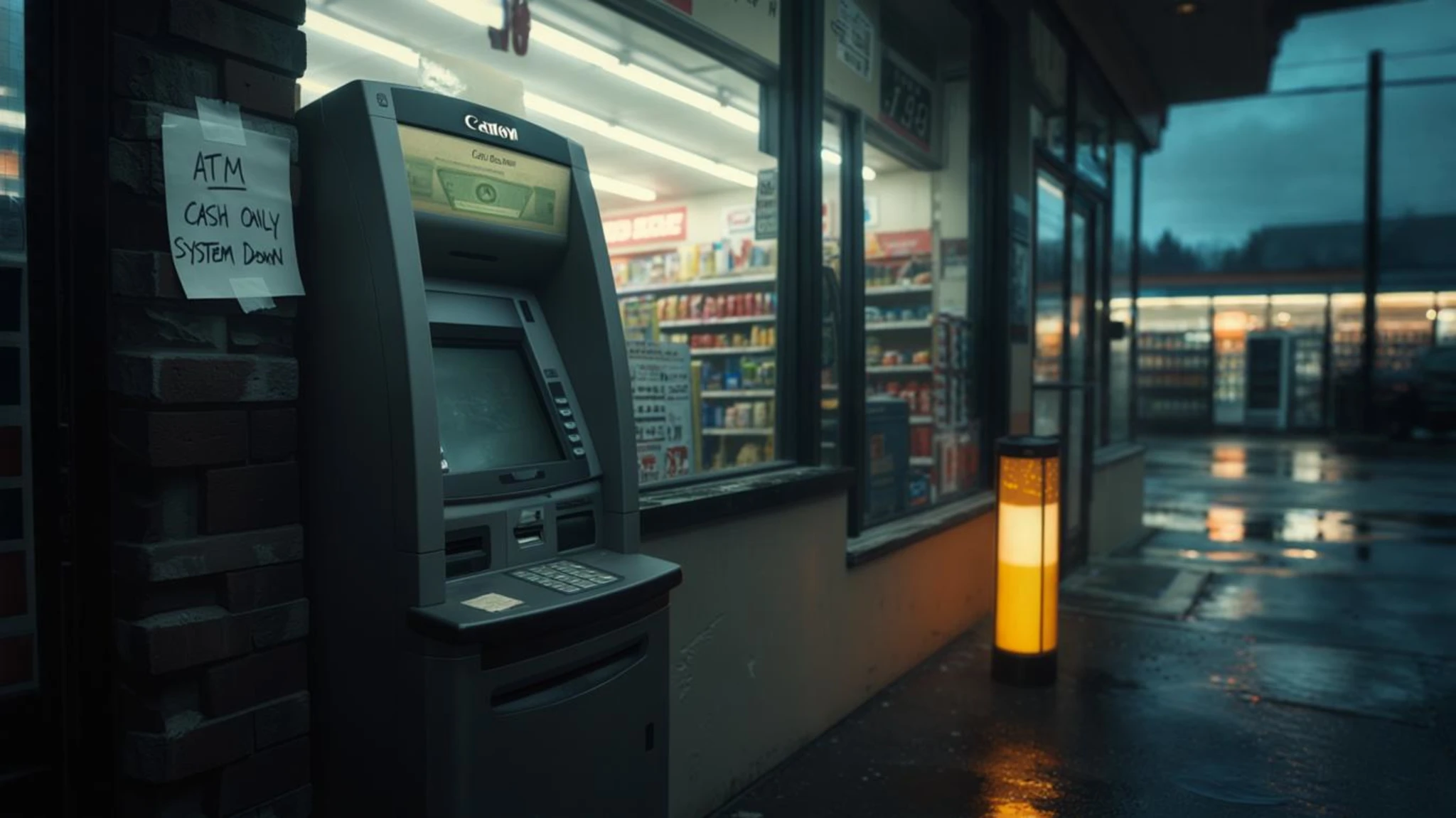When martial law is declared, personal freedoms are often severely restricted. Governments may impose curfews, control movement, and confiscate essential supplies such as food, weapons, and medical gear. In extreme cases, soldiers or law enforcement officers could go door to door, seizing anything they deem necessary "for the greater good."
If you’ve spent years stockpiling survival supplies, the last thing you want is to have them taken when you need them most. Hiding your supplies effectively can mean the difference between surviving and starving. However, authorities and looters know the obvious hiding spots—so you need to get creative.
Here are 10 smart places to hide your survival supplies during martial law and other emergencies.
1. Inside False Walls or Hidden Compartments
One of the best ways to conceal valuable supplies is inside a false wall or hidden compartment. A well-placed hollowed-out section of a wall, floor, or piece of furniture can hide food, ammo, or valuables.
Fake electrical panels can provide a hidden cavity that looks completely normal.
Under staircases or inside thick closet walls offer extra room for concealed storage.
A fake air vent or utility access panel can blend into your home while keeping supplies safe.
Authorities are trained to check the usual hiding spots, but they rarely take the time to inspect structural modifications unless they suspect something.
2. Inside PVC Pipes Buried in Your Backyard
If confiscation teams are searching homes, burying supplies outside is a smart move. A sealed PVC pipe filled with emergency rations, weapons, or money can be safely stored underground.
Use caps with waterproof seals to prevent moisture damage.
Bury pipes vertically, as searchers typically probe for horizontal objects.
Mark the location with a natural landmark, such as a specific tree or rock.
For extra security, bury decoy supplies in obvious locations while keeping your real stockpile hidden elsewhere.
3. Inside Fake Food Containers
Hiding supplies in plain sight is often the safest strategy. Fake food containers—such as coffee cans, peanut butter jars, or cereal boxes—are perfect for stashing cash, medications, or small valuables.
Store small items inside an empty food container and place it back on your shelf.
Choose products that aren’t popular targets for looters (e.g., an old can of powdered milk).
Keep the packaging looking normal to avoid suspicion.
Authorities are more likely to take large sacks of rice or buckets of emergency food than to sift through random pantry items.
4. Under Floorboards or in Crawl Spaces
If you have an attic, crawl space, or loose floorboards, you have excellent hiding spots. Most confiscation teams will sweep quickly through homes, checking only obvious storage areas.
Lift a floorboard and store a thin waterproof container beneath it.
Use a false floor in a closet to hide ammo, cash, or important documents.
If your home has a crawl space, seal supplies inside waterproof containers and push them into hard-to-reach areas.
5. Inside Old Appliances or Electronics
Most people don’t look inside broken appliances, old computers, or gutted electronics. If you have an old TV, microwave, or desktop tower, remove unnecessary components and use the space for storage.
Hollow out an old speaker to store small survival gear.
A broken washing machine or fridge can hide food rations.
Gutted desktop towers provide space for ammo, documents, or silver coins.
As long as the item looks unremarkable, searchers are unlikely to investigate.
6. Behind False Electrical Outlets
A false electrical outlet is a classic hiding spot for small, high-value supplies. Preppers have used them for years to stash cash, jewelry, or USB drives containing important documents.
Purchase a dummy electrical outlet and install it in an unused wall space.
Store small items like emergency cash, maps, or a backup phone inside.
Avoid placing it in an obvious location—spread out multiple decoys to prevent suspicion.
While authorities might check behind picture frames or furniture, they rarely disassemble wall outlets.
7. Inside a Septic Tank or Fake Plumbing Pipes
For extreme concealment, hiding supplies inside a sealed container in a septic tank is an option. No one wants to search through waste.
Use double-sealed waterproof bags to protect supplies from contamination.
Hide valuable items in a false plumbing pipe that looks like part of your home’s system.
Attach a hidden compartment under a sink or inside a larger PVC pipe to keep supplies safe.
While it’s not ideal for everyday access, this method keeps your stash completely undetectable.
8. Inside a Woodpile or Firewood Stack
A stack of firewood can serve as a natural hiding spot for survival supplies. Authorities and looters rarely take the time to move every piece of wood, making this a great option for long-term storage.
Hollow out logs and store sealed survival gear inside.
Stack firewood strategically so that certain logs conceal hidden containers.
Ensure the logs look completely natural—no clean cuts or obvious tampering.
This works best in cold climates where woodpiles are common and don’t attract suspicion.
9. Inside a Fake Air Duct or Ventilation System
Fake air ducts and unused HVAC vents can serve as discreet hiding places. While actual air vents are sometimes checked, installing a fake one adds an extra layer of deception.
Choose an out-of-the-way location, such as a garage or basement.
Store small survival gear, documents, or firearms inside.
Make it look functional—a dusty, neglected vent won’t raise suspicion.
If you already have an old, unused HVAC system, it makes an excellent natural hiding spot.
10. Buried Inside a Chicken Coop or Garden
If you have a homestead or rural property, concealing supplies in outdoor structures is an effective strategy. Chicken coops, gardens, and compost bins make excellent cover for hidden caches.
Bury sealed containers under a chicken coop—searchers are unlikely to dig through chicken droppings.
Hide small supplies inside compost piles or near garden fencing.
Use fake garden pots or decorative planters with hollow compartments.
This method works best for long-term hidden storage, especially for food, ammo, or barter items.
Final Thoughts
When martial law is declared, government forces, looters, and desperate civilians may come looking for food, weapons, and other supplies. If you don’t have a solid concealment plan, you risk losing everything you’ve prepared for.
The best strategy? Diversify your hiding spots. Don’t put everything in one place—use multiple locations inside and outside your home. Use decoys to mislead searchers while keeping your real stash safe and undiscovered.
Survival is about staying one step ahead. If you prepare now, you’ll be ready when it matters most.



